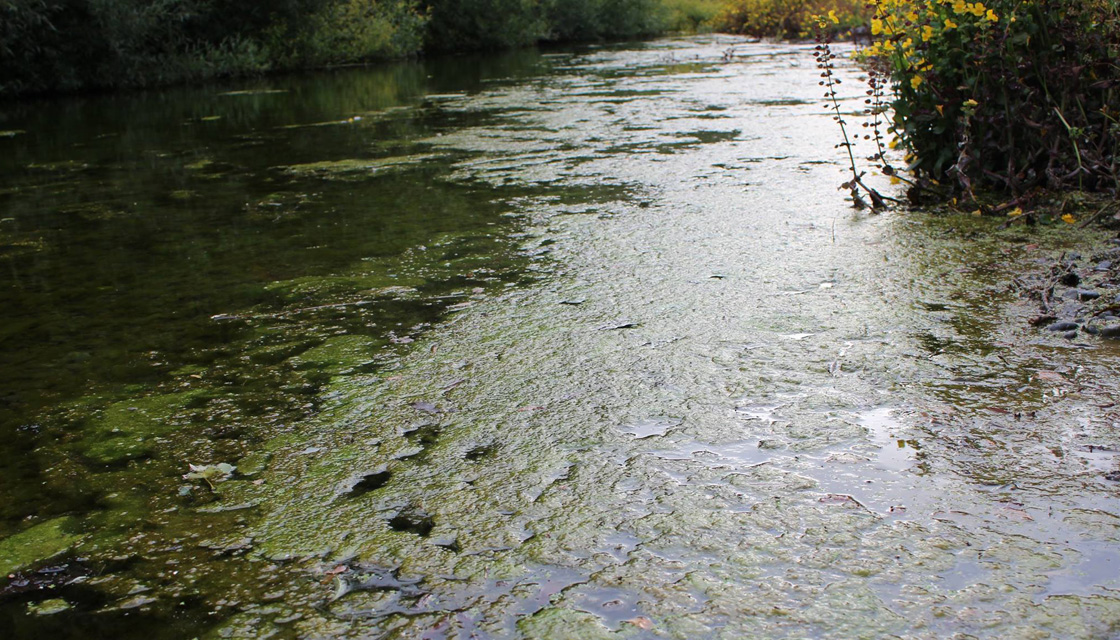
VIENNA: The International Atomic Energy Agency (IAEA) in association with the University of Massachusetts has developed a new method for tracking down the sources of nitrogen pollution in lakes, seas, and rivers. Their nuclear-derived analytical tool delivers a cheaper, safer, faster way to define the extreme nitrogen compounds in water stem from agriculture, sewage systems, or industry.
According to Leonard Wassenaar, head of the IAEA Isotope Hydrology Section. Nitrogen forms such as nitrates are leaking into groundwater and ultimately into rivers, lakes, and streams.
The new tracking technique uses a form of titanium chloride to transform nitrate in a water sample to nitrous oxide gas. From this gas, the isotopes can be examined with equipment such as a mass spectrometer or laser. Present methods use genetically modified bacteria or cadmium for the nitrous oxide conversion, making them expensive and restricted only to few specialised laboratories.
The new technique was presented at an IAEA International Symposium on Isotope Hydrology and is published in the international journal ‘Rapid Communications inMass Spectrometry’. It measures the amount of nitrate stable isotopes in water. Nitrogen has two stable isotopes with different weights; because the weight difference is not the same in human waste or fertilizers, for example, the isotopes can be used to identify the source.
Wassenaar added, “Isotope tools are very powerful to measure nutrients in water, but historically their use has been very difficult, hampered by cost and accessibility. The new technique allows scientists to run more samples and at cheaper costs for large-scale studies.”

